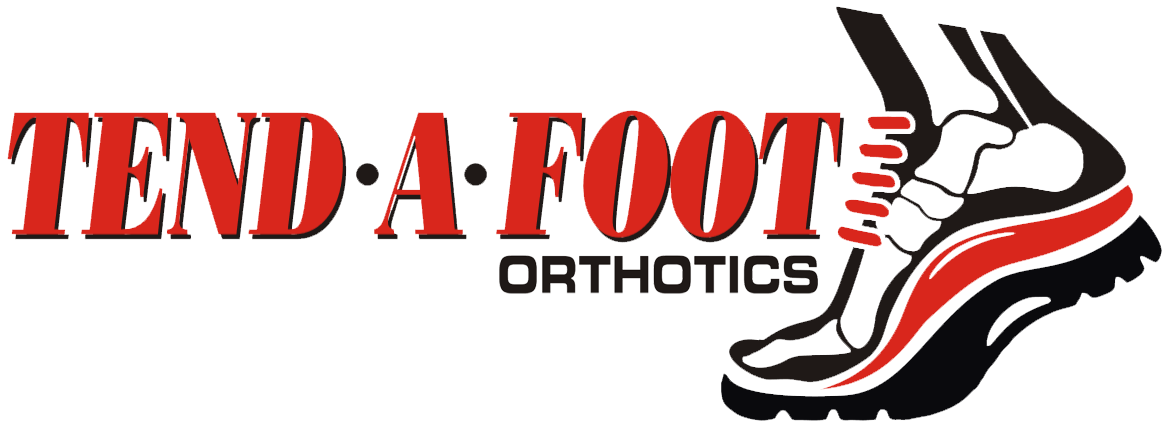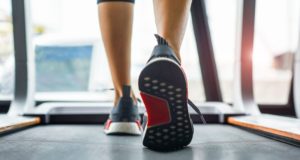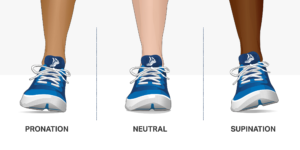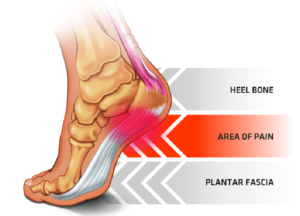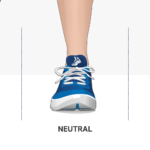Peak Performance – Neutral Alignment
A prime factor for runners to achieve their peak performance is to find and maintain neutral alignment at their base or foundation as often as possible. Very often athletes and runners in particular make the mistake of using their orthotics only when they run. If your run takes an hour or two and you then return to a shoe that does not correct your arch to its best neutral position, you spend the better part of the day out of alignment. As a result whatever problem you are experiencing such as heel pain, shin pain, knee pain, etc. will continue to increase and become more difficult to correct. In warmer climates most people prefer to wear sandals or flip flops...
